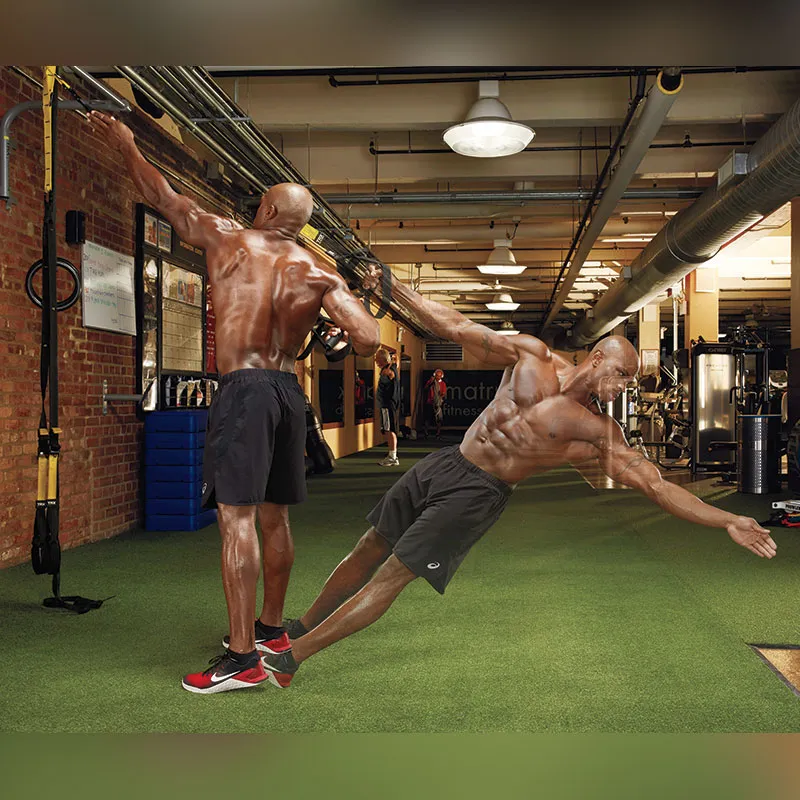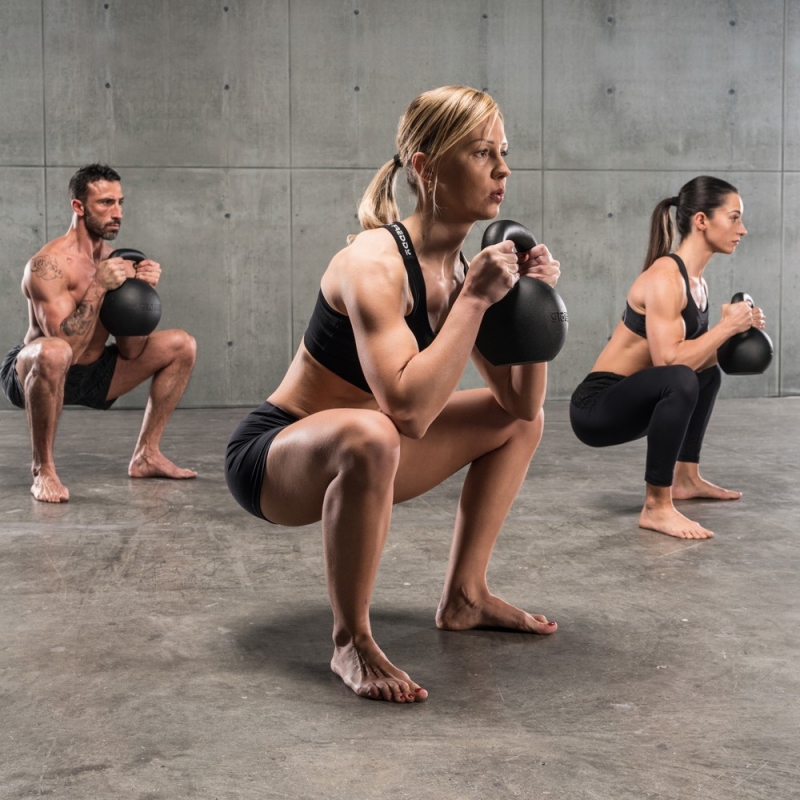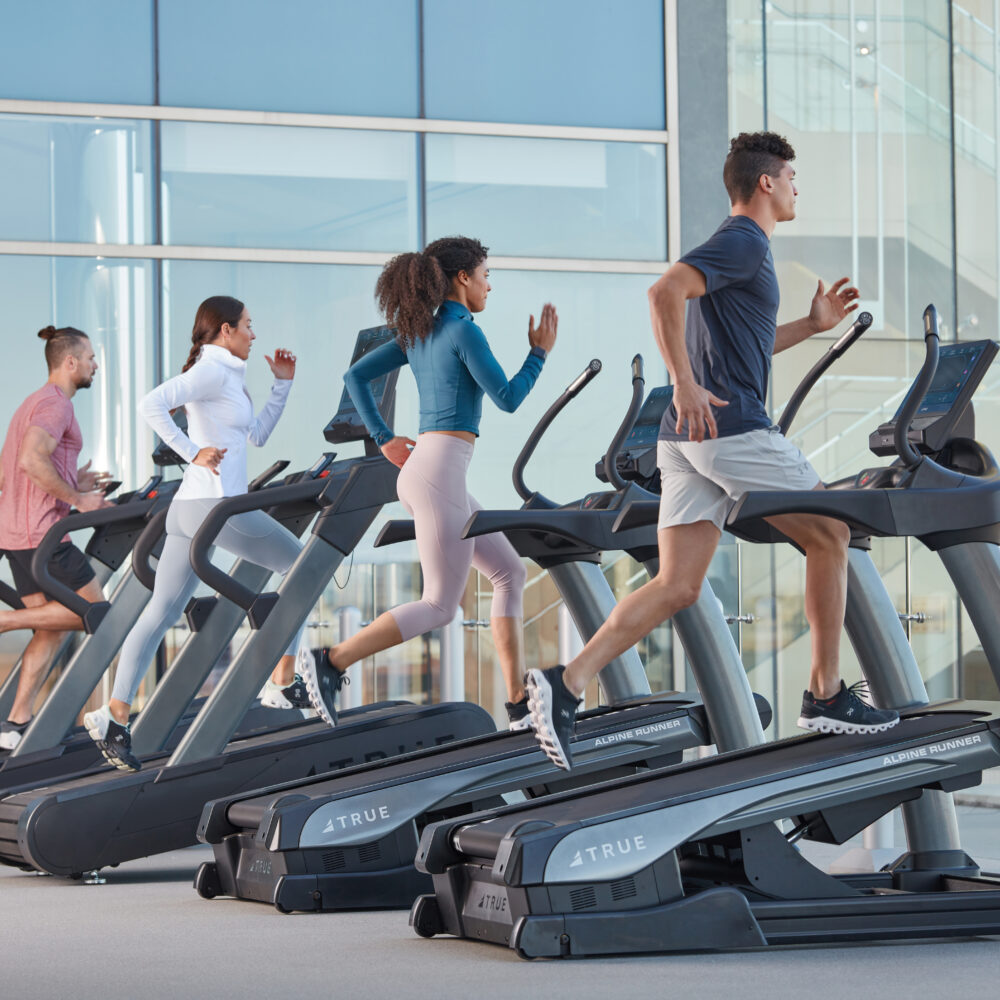I. Introduction

A. Importance of Preventing Fitness Injuries
What fitness injuries are among the easiest to avoid? Physical activity and exercise are crucial for maintaining overall health and well-being. However, engaging in fitness activities can also pose a risk of injury, making it essential to prioritize injury prevention. By understanding the most common fitness injuries and taking preventive measures, individuals can continue to enjoy the benefits of exercise while minimizing the risk of harm.
B. Common Injuries in Fitness Activities
Fitness activities encompass a broad range of exercises, from cardiovascular workouts and strength training to flexibility and balance exercises. Common injuries associated with these activities include muscle strains, sprains, tendinitis, and stress fractures. Additionally, overuse injuries, such as runner’s knee and tennis elbow, are prevalent among individuals engaged in regular fitness routines.
II. Proper Warm-Up and Cool-Down
A. Benefits of Warming Up Before Exercise
A crucial aspect of injury prevention in fitness activities is the inclusion of a proper warm-up routine. The primary purpose of warming up is to prepare the body for more strenuous activity by gradually increasing the heart rate, loosening muscles, and enhancing joint mobility. It also helps to mentally prepare for the upcoming workout, improving focus and concentration.
B. Importance of Cooling Down After Workouts
Equally important as the warm-up, the cool-down phase is often overlooked but is crucial for injury prevention. Cooling down allows the heart rate to gradually return to its resting state, preventing abrupt changes in blood pressure. It also helps to remove metabolic waste products from the muscles, reducing the likelihood of soreness and stiffness after the workout.
C. Examples of Warm-Up and Cool-Down Exercises
Examples of warm-up exercises include light cardio such as jogging in place, dynamic stretching, and joint mobility movements. Cool-down activities may involve static stretching, yoga poses, or relaxation techniques to promote recovery and flexibility. Incorporating these exercises into a fitness routine can significantly reduce the risk of injury.
III. Use of Proper Equipment and Gear
A. Selecting the right shoes for different activities
What fitness injuries are among the easiest to avoid?When it comes to physical activities, the right pair of shoes can make all the difference. Different activities require different types of shoes, so it’s essential to choose the right pair for the activity you will be engaging in. For example, if you are a runner, you will need running shoes that provide the right support and cushioning for your feet. On the other hand, if you are into hiking or trail running, you will need shoes with good traction and ankle support to navigate through rugged terrains.
It’s also important to consider your foot type and gait when selecting shoes. Some people may require stability shoes due to overpronation, while others may benefit from neutral shoes. Getting a proper fitting at a specialty running store can help you find the perfect pair of shoes for your feet and activity.
B. Importance of proper fitting and maintenance of equipment
Proper fitting and maintenance of equipment are crucial for ensuring optimal performance and safety. Ill-fitting equipment can lead to discomfort, blisters, and even injuries. Whether it’s a bike, a pair of skis, or a set of golf clubs, it’s important to make sure that your equipment fits you properly and is in good working condition.
For example, if you are a cyclist, ensuring that your bike is properly fitted to your body can prevent muscle strain and improve your pedaling efficiency. Additionally, regular maintenance of your bike, such as keeping the chain lubricated and the brakes in good working order, is essential for your safety on the road.
C. Choosing appropriate clothing for workouts
In addition to the right equipment, choosing appropriate clothing for workouts is also important. The right workout attire can help keep you comfortable and dry during exercise. For example, moisture-wicking fabrics can help draw sweat away from your body, keeping you dry and preventing chafing. Layering is also essential for outdoor activities, as it allows you to adjust your clothing based on the weather and your level of exertion.
When it comes to footwear, choosing the right socks is just as important as choosing the right shoes. Socks made of moisture-wicking materials can help prevent blisters and keep your feet dry and comfortable during workouts.
IV. Listening to Your Body

A. Paying Attention to Pain and Discomfort
What fitness injuries are among the easiest to avoid?Pain and discomfort during exercise should never be ignored. It’s essential to differentiate between the discomfort associated with pushing physical limits and the pain that may indicate an underlying issue. Sharp or persistent pain in joints, ligaments, or muscles warrants attention and should not be disregarded.
B. Knowing When to Rest and When to Push Through
Understanding when to rest and when to push through fatigue is crucial for injury prevention. Overtraining and inadequate recovery can lead to overuse injuries, while ignoring pain signals can exacerbate existing issues. Finding the balance between challenging oneself and allowing the body to rest and recover is essential for maintaining long-term fitness and preventing injuries.
C. Seeking Medical Attention When Necessary
Seeking medical attention when experiencing pain or discomfort that persists is vital for proper injury management. Consulting a healthcare professional can help identify the underlying cause of the issue and prevent the development of more severe conditions. Furthermore, physical therapists or sports medicine specialists can provide guidance on proper rehabilitation and injury prevention techniques.
V. Proper Form and Technique
A. Importance of Proper Body Mechanics
Proper body mechanics are essential in preventing fitness-related injuries. This includes maintaining proper posture, alignment, and movement patterns during exercises. Utilizing correct body mechanics not only reduces the risk of injury but also ensures that the targeted muscles are effectively engaged, maximizing the benefits of the workout while minimizing strain on the body.
B. Use of Mirrors and Guidance from Professionals
Using mirrors during workouts can help individuals monitor their form and technique, ensuring that movements are performed correctly. Additionally, seeking guidance from fitness professionals, such as personal trainers or coaches, can be beneficial in receiving personalized feedback and corrections, enhancing the effectiveness and safety of the workout routine.
C. Gradual Progression in Intensity and Technique
Gradually progressing in both workout intensity and technique is essential for injury prevention. This approach allows the body to adapt to increased physical demands, reducing the risk of overuse injuries. It also provides the opportunity to refine movement patterns and skill acquisition, promoting safe and effective training.
VI. Slowly Increasing Intensity
A. Benefits of Gradual Progression in Workouts
Gradual progression in workouts allows the body to acclimate to increased physical demands, mitigating the risk of injury. Whether it involves lifting heavier weights, running longer distances, or increasing resistance in a workout routine, a gradual approach allows for improved strength, endurance, and overall fitness without placing excessive strain on the body.
B. Preventing Overuse Injuries
Overuse injuries, such as tendinitis, stress fractures, and muscle strains, often result from a sudden or excessive increase in training intensity or volume. By gradually increasing the intensity of workouts, individuals can reduce the risk of overuse injuries, as the body has the opportunity to adapt and strengthen gradually.
C. Importance of Rest and Recovery
Incorporating adequate rest and recovery periods into a fitness routine is vital for injury prevention. Rest allows the body time to repair and rebuild tissues that may have been stressed during exercise. Moreover, recovery periods are essential for preventing mental and physical fatigue, reducing the risk of overtraining, and promoting long-term fitness and well-being.
What fitness injuries are among the easiest to avoid? In conclusion, preventing fitness injuries is paramount for maintaining a safe and sustainable exercise regimen. By acknowledging the significance of injury prevention and familiarizing yourself with common fitness-related injuries, you can take proactive steps to safeguard your well-being and continue pursuing your fitness goals in a responsible manner. Stay tuned for our upcoming posts where we will delve into strategies and tips for preventing and managing specific fitness injuries.



